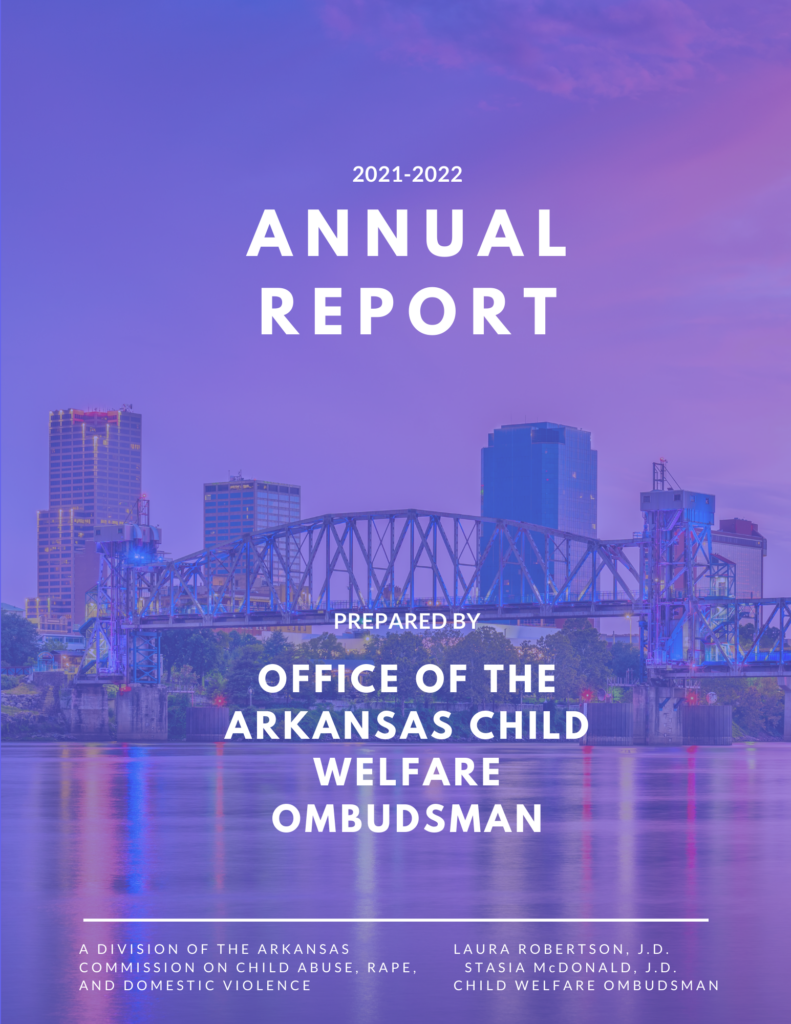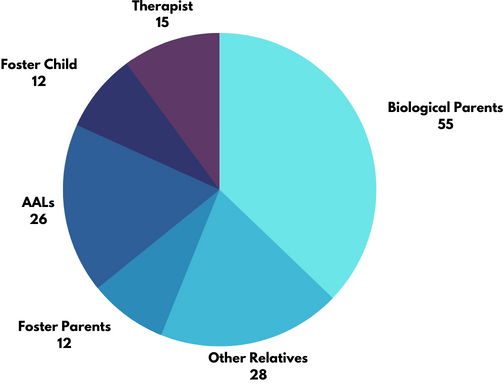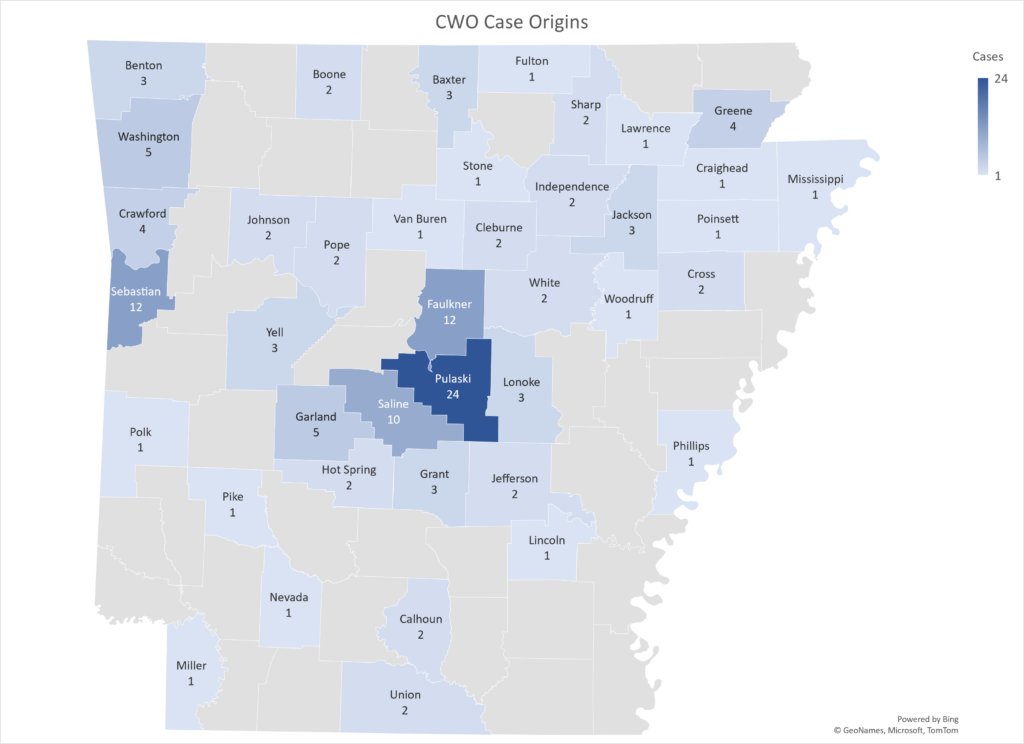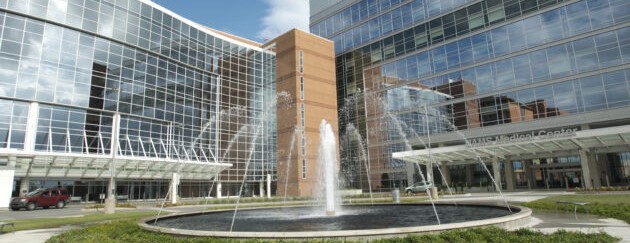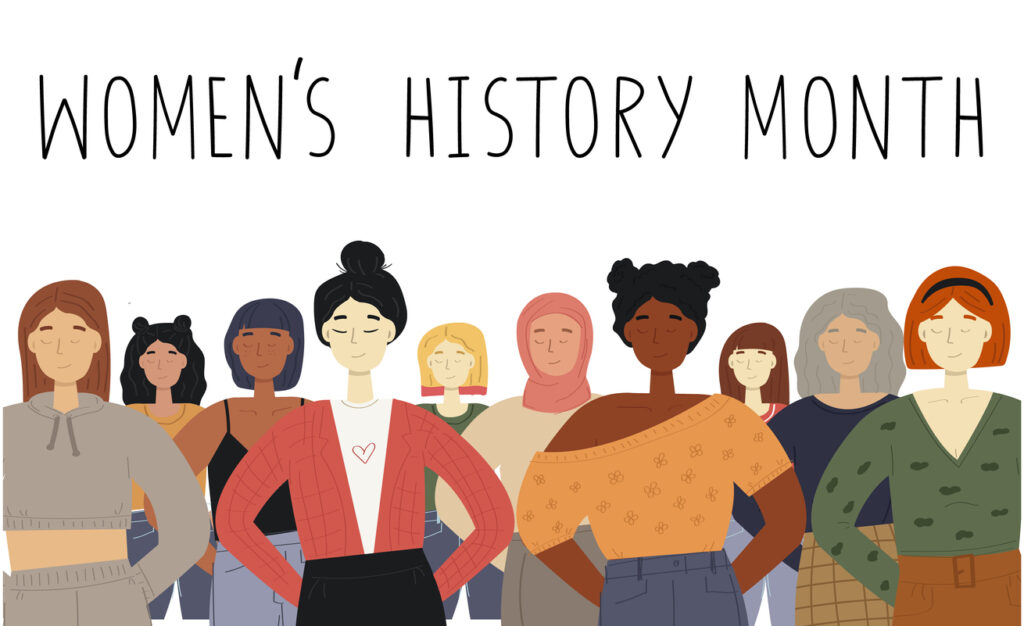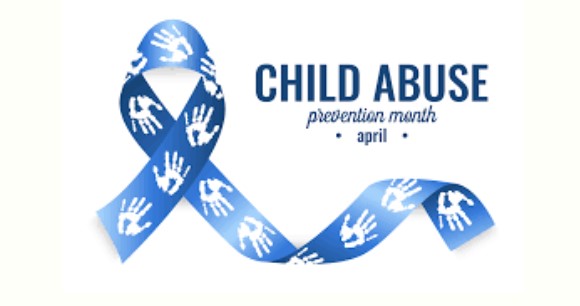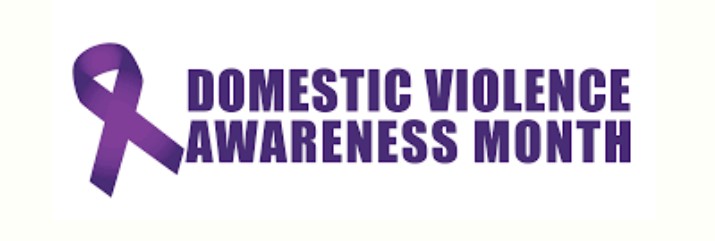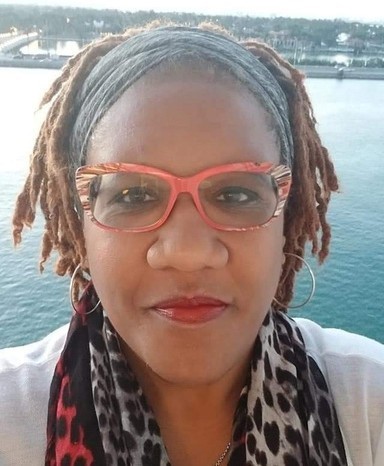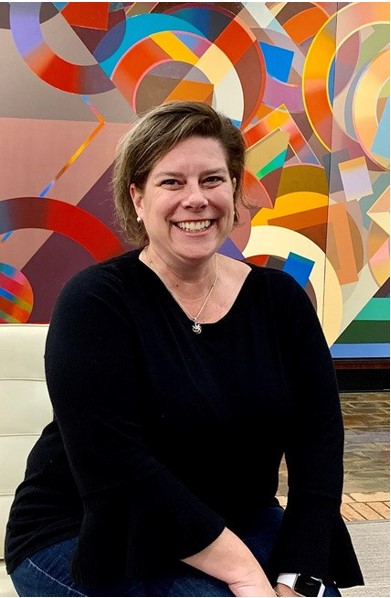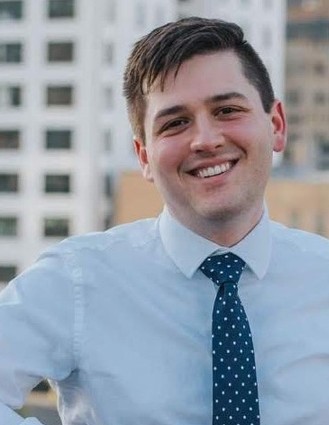The Request for Proposals for the Rape Prevention Education Grant is now open! The RFP and application template are attached. Applications are due at 4:30pm on March 15, 2024, and notices of award will be sent out April 5, 2024. Awardees will be able to begin work immediately upon receipt of their award, and the number of awarded programs and amount of each award will be determined in the grant review process. This grant is available to a variety of agencies and non-profits, not just those who work directly with sexual assault services or prevention in their typical work. A recording of a virtual training providing information on primary prevention, community-level interventions, and further details about the grant application is below.
The RFP can be downloaded here, and a template for applications can be downloaded here.
For any questions or assistance regarding your application, please contact Sam Siegel at sesiegel@uams.edu


